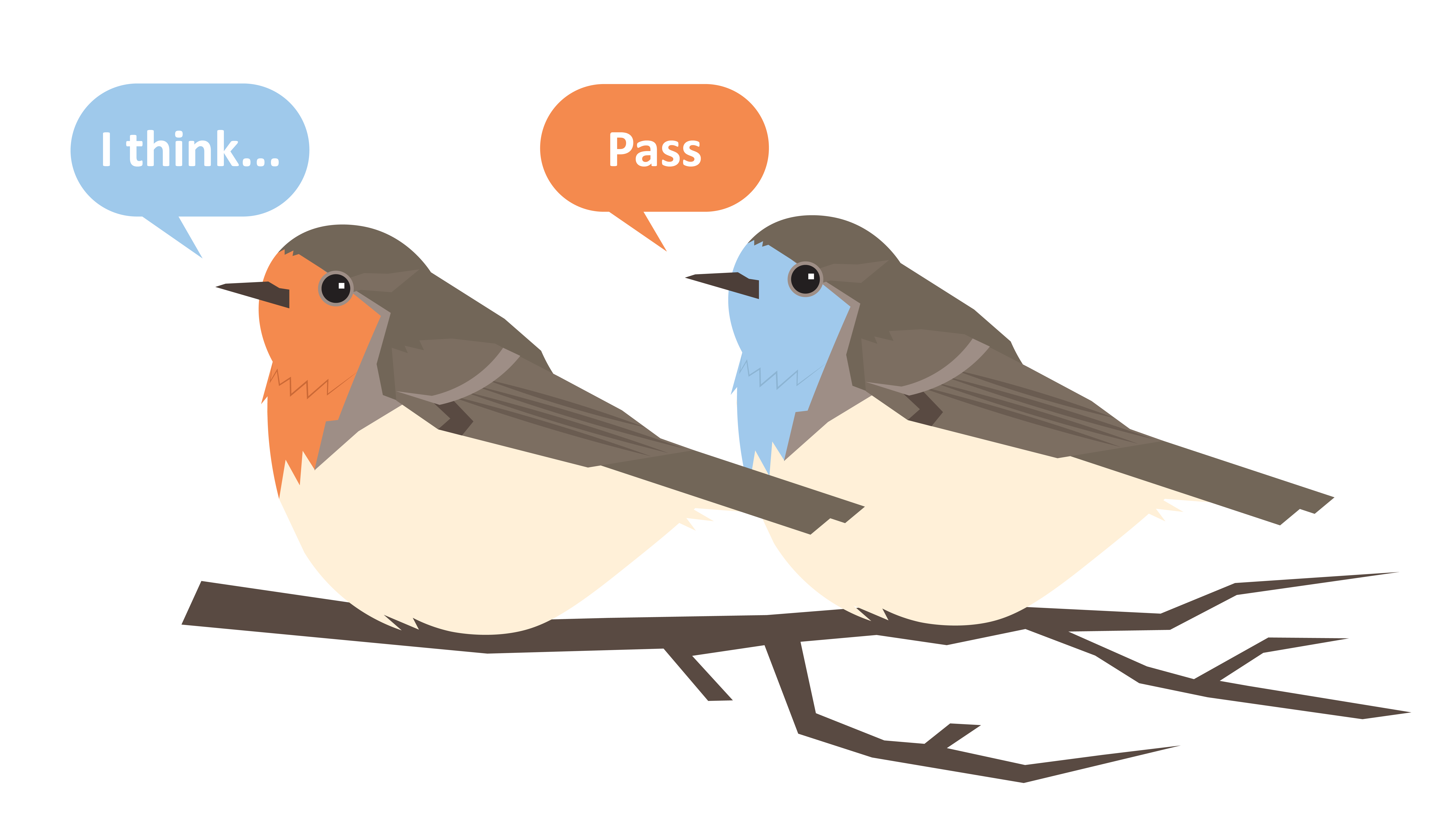Summary
This collection contains several strategies that help students explain their learning. Explaining one's learning and thinking is important for academic growth and development. It helps students develop metacognitive skills. These skills include the ability to process one's own thinking and learning. In addition to promoting critical thinking and problem-solving skills, explaining also prepares students for real-world projects and collaboration by providing them with the skills to communicate effectively. When students can explain their thinking, this enables teachers to assess students' comprehension and identify any misconceptions.Resources

Agreement Circles
- 6th - 12th
Through discussion and physical movement, students practice persuasive communication and critically examine their own opinions. Read more »
- Whole Class
- Engage/Opening, Explore/Learning Activity, Extend/Additional Learning Activity
- 10 - 20 Minutes
- Activate Prior Knowledge, Analyze, Critical Thinking, Elaborate, Interpret, Physical Movement, Reason, Reflection, Speak & Listen
- 6th - 12th

Caption This
- 11th - 12th
This strategy invites students to analyze images related to a topic and then create captions to demonstrate what they have learned about the topic. Read more »
- Individual
- Engage/Opening, Explore/Learning Activity, Explain/Closing, Evaluate/Assessment
- Less Than 10 Minutes, 10 - 20 Minutes, 20 - 30 Minutes
- Activate Prior Knowledge, Brainstorming, Elaborate, Evaluate, Hypothesize, Infer, Interpret, Review, Summarize, Synthesize
- 11th - 12th
What Do You Meme?
- 4th - 12th
Memes can be powerful classroom tools, involving students' creativity and communication skills to relay a message or show understanding of a topic. This strategy asks students to create a visually engaging image with text to explain a concept. The meme can be used to communicate rules, define new vocabulary... Read more »
- Individual, Small Group (at least 4), Whole Class
- Explain/Closing, Extend/Additional Learning Activity, Evaluate/Assessment
- Less Than 10 Minutes
- Critical Thinking, Evaluate, Interpret, Reason, Reflection, Review, Self-assessment, Student Choice, Summarize, Synthesize, Writing
- 4th - 12th

Round Robin
- 4th - Secondary
Use this strategy to challenge students to brainstorm as many ideas as possible in a short period of time without elaborating, questioning, or explaining. Read more »
- Large Group (at least 30), Medium Group (at least 10), Small Group, Small Group (at least 4), Whole Class
- Engage/Opening, Explore/Learning Activity
- Less Than 10 Minutes, 10 - 20 Minutes
- Active Engagement, Brainstorming, Collaborate, Speak & Listen
- 4th - Secondary

They Say, I Say Writing
- 9th - Secondary
A scaffolded, two-paragraph argumentative writing template that allows students to enter into academic conversations by first summarizing the argument of the given text and then asking students to explain their own opinions regarding the topic. Read more »
- Individual
- Explain/Closing, Extend/Additional Learning Activity, Evaluate/Assessment
- 20 - 30 Minutes
- Analyze, Compare & Contrast, Critical Thinking, Evaluate, Summarize, Writing
- 9th - Secondary
This work is licensed under a Creative Commons CC BY-SA 4.0 License.
Report copyright infringement »
